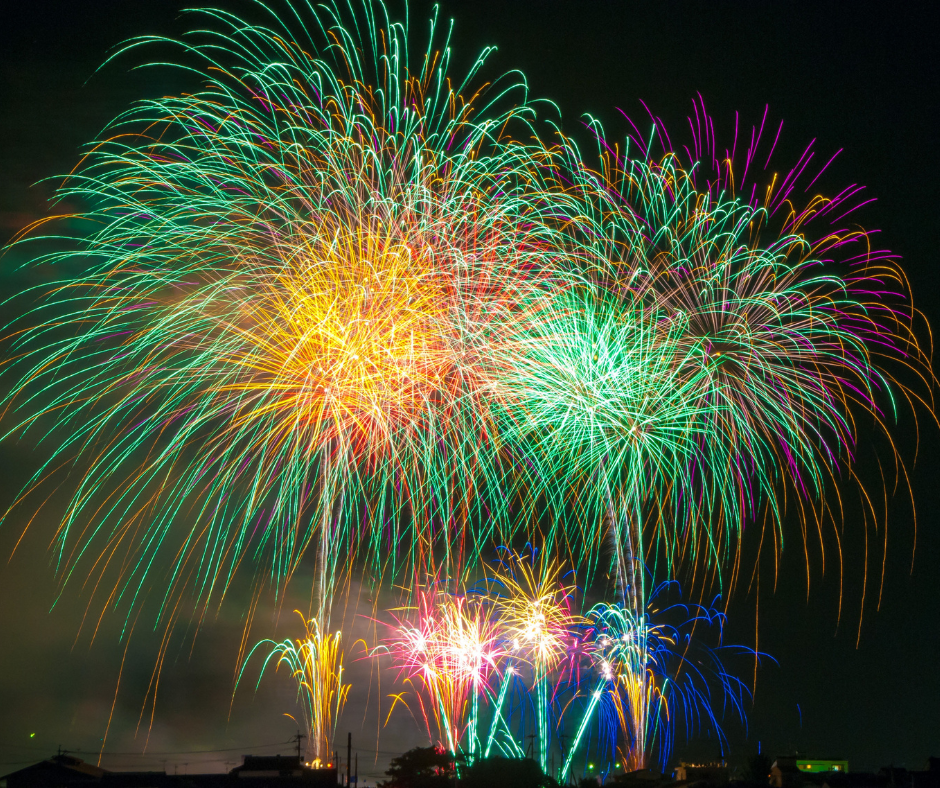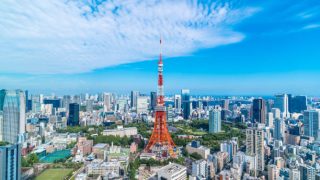WHY HANABI IS AN IMPORTANT PART OF CULTURE IN JAPAN?

Fireworks hold a significant place in Japanese culture, with a rich history dating back to the Edo Period. Today, they are synonymous with both summer festivals and New Year celebrations, inspiring their own festivals and competitions among fireworks experts. In Japan, fireworks, known as ‘hanabi’ or ‘flower fire’, are not merely light shows but an art form expressing Japan’s appreciation for ephemeral beauty.
During the Edo period, hanabi emerged as a symbol of spiritual beauty and were used to ward off evil spirits. Over time, they became integral to various celebrations, including honoring those lost to tragedy and marking significant events like the New Year. One notable festival, the Sumidagawa Fireworks Festival, traces its origins back to a historical event in 1733.
Under the Tokugawa shogunate, when Japan experienced relative peace, the craftsmanship once dedicated to gunpowder shifted to creating peaceful displays like fireworks. Today, these displays continue to captivate audiences, with rival pyrotechnic groups competing to create the most stunning shows. Fireworks have become a beloved tradition in Japan, bringing communities and the nation together in celebration.
この記事を書いた人

最新の投稿
 News(Tagalog)2025/08/15Lalaking inatake ng oso sa Mt.Rausu sa Hokkaido, nawawala
News(Tagalog)2025/08/15Lalaking inatake ng oso sa Mt.Rausu sa Hokkaido, nawawala News(Tagalog)2025/08/12Ang McDonald’s ay magpapataw ng mga paghihigpit sa pagbebenta ng Pokémon Happy Meal kasunod ng muling pagbebenta at kalituhan, kabilang ang pagkansela ng mga opisyal na membership sa app
News(Tagalog)2025/08/12Ang McDonald’s ay magpapataw ng mga paghihigpit sa pagbebenta ng Pokémon Happy Meal kasunod ng muling pagbebenta at kalituhan, kabilang ang pagkansela ng mga opisyal na membership sa app News(Tagalog)2025/08/08Ang mga dayuhang naninirahan sa Japan ay may Rekord na 3.68 Milyong Tao;Pagtaas na Nakita sa mga Regional areas Pati na rin sa Mga Pangunahing Lungsod
News(Tagalog)2025/08/08Ang mga dayuhang naninirahan sa Japan ay may Rekord na 3.68 Milyong Tao;Pagtaas na Nakita sa mga Regional areas Pati na rin sa Mga Pangunahing Lungsod News(Tagalog)2025/08/05Sumiklab ang apoy sa fireworks barge sa Yokohama festival malapit sa Tokyo
News(Tagalog)2025/08/05Sumiklab ang apoy sa fireworks barge sa Yokohama festival malapit sa Tokyo



